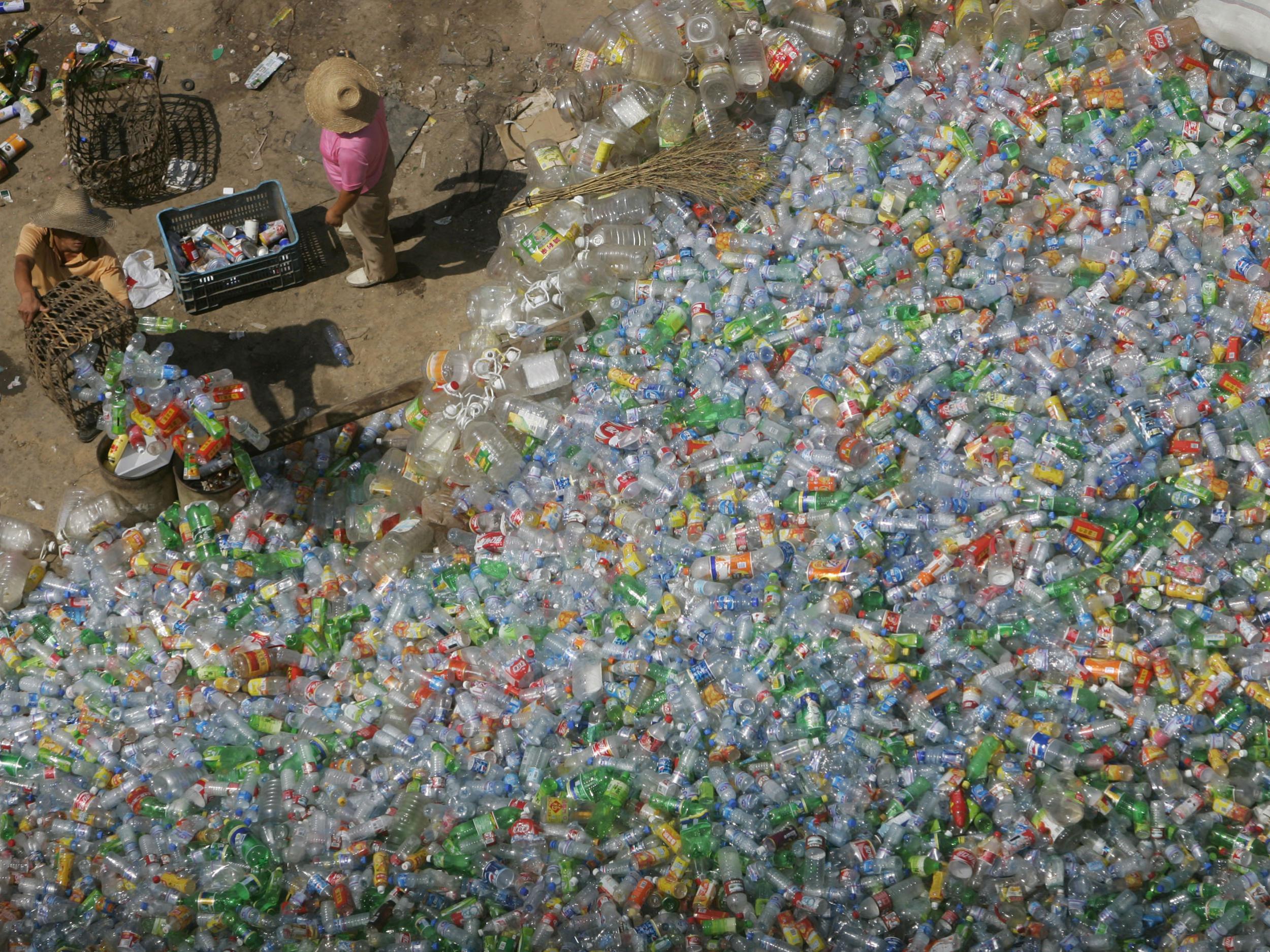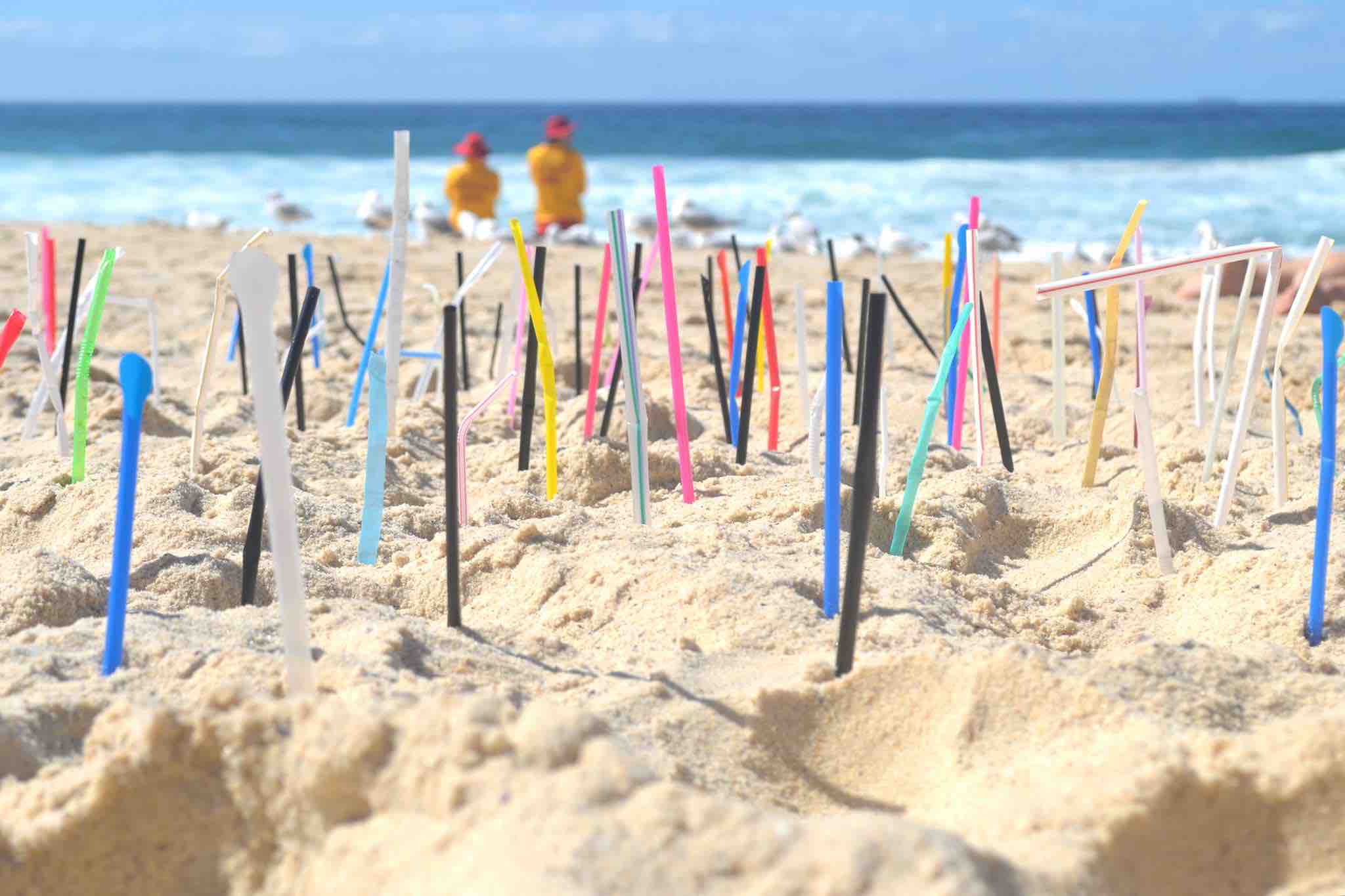For about a week or so now, news that two political heavyweights — the City of Seattle and Starbucks Coffee — were banning disposable plastic straws from their jurisdictions has been making waves. Outside of a few voices that pointed out straws can be indispensable to those who lack fine motor control, most considered the move a small step in the right direction: Even people who aren’t hardcore tree-huggers have probably already heard of the Great Pacific Garbage Patch, and most probably aren’t fans.
I’m not going to say that the straw bans will be worthless, but “a small step in the right direction” accurately sums them up. After all, Starbucks will still offer plastic cups with plastic lids — that’s how they intend to replace the straws.
Of course, Starbucks claims the lids being recyclable gives them a strong advantage over the straws, which weren’t. But that won’t at all help with the biggest problem in plastic pollution, because the current problem isn’t only the amount of recyclable or unrecyclable plastics produced, but what happens to them afterwards.
Unfortunately, as it turns out, the kind of plastic doesn’t matter most of the time, because even if it can be recycled, it isn’t. A story in National Geographic reported that more than 90 percent of all plastic produced isn’t recycled. Seventy-nine percent of all plastics wind up being treated as waste, which means going into landfills, becoming litter or being dumped into oceans.
Putting Starbucks’ straw ban in context means that making new plastic lids in lieu of old plastic straws misses the point. Plastic in the ocean doesn’t only result from the kind of plastic made, but also from mismanagement of the plastic after being manufactured. Disposable straw ban or not, it’s getting a lot harder for the United States to manage its plastic properly.
When I was much younger, learning about recycling in school baffled me. I couldn’t conceive of how you could drop some plastic bags in a bin and some mysterious factory would melt them down and turn them into plastic beach buckets or something. I never saw any giant buildings churning out hundreds of buckets, and I wondered why. After all, we recycled almost everything in my house, from my perspective.
As it turns out, I never saw any factories like that because, first, you can make more things out of recycled plastic than buckets, and second, the factories aren’t anywhere near me. The United States, along with the United Kingdom and other countries, exports its own garbage to other countries to be recycled.
One of those countries, historically, is China. The operation works like this: Waste management companies in the United States gather recyclable materials and have them shipped across the ocean to foreign ports. Entrepreneurs then accept the grimy goods and have them reprocessed into fresh polymers. In theory, this made a mutually beneficial arrangement.

The United States got rid of its plastic tchotchkes, Chinese businessmen got raw materials for cheap and a great economic partnership of mutual back-scratchmanship was born. But the boat of happiness started taking on water in 2017, when the Chinese Ministry of Environmental Protection declared many of the imported plastics to be so dirty that accepting and processing them in China polluted the environment, and that they simply couldn’t handle it anymore. The ban went into effect early this year.
Even if the United States started cleaning its plastic trash more rigorously, there’s reason to believe that China still wouldn’t accept it. Part of why China agreed in the first place to take in the States’ toxic trash is that their own population didn’t produce enough raw plastic waste to use as recycling material, but it’s highly possible that they no longer need American materials. That means American waste management companies are being stuck with mounds and mounds of used plastic with nowhere near enough infrastructure to actually recycle it.
So, let’s put Starbucks’ new plastic straw ban in context again. The coffee giant has slated the new sipping lids, sans sinful straws, for 2020. By 2030, research by scientists at the University of Georgia estimates the Chinese ban on imported plastic waste will leave 111 million metric tons of plastic without a home.
If no action deals with the current situation, those 111 million metric tons will probably wind up in developing nations that don’t have the capacity to recycle that much plastic. Anything that doesn’t end up there, or that those countries can’t handle, will go out to sea where it’ll join the plastic straws of yesteryear.
It’s all a bit grim, really. But if no one finds a solution soon, it won’t matter how many cities oust plastic straws. Developing more plastic-recycling infrastructure in the United States would be one option. Seriously limiting the amount of plastic America produces would be another. Replacing plastic straws with plastic lids, however, is just picking a different poison.

















